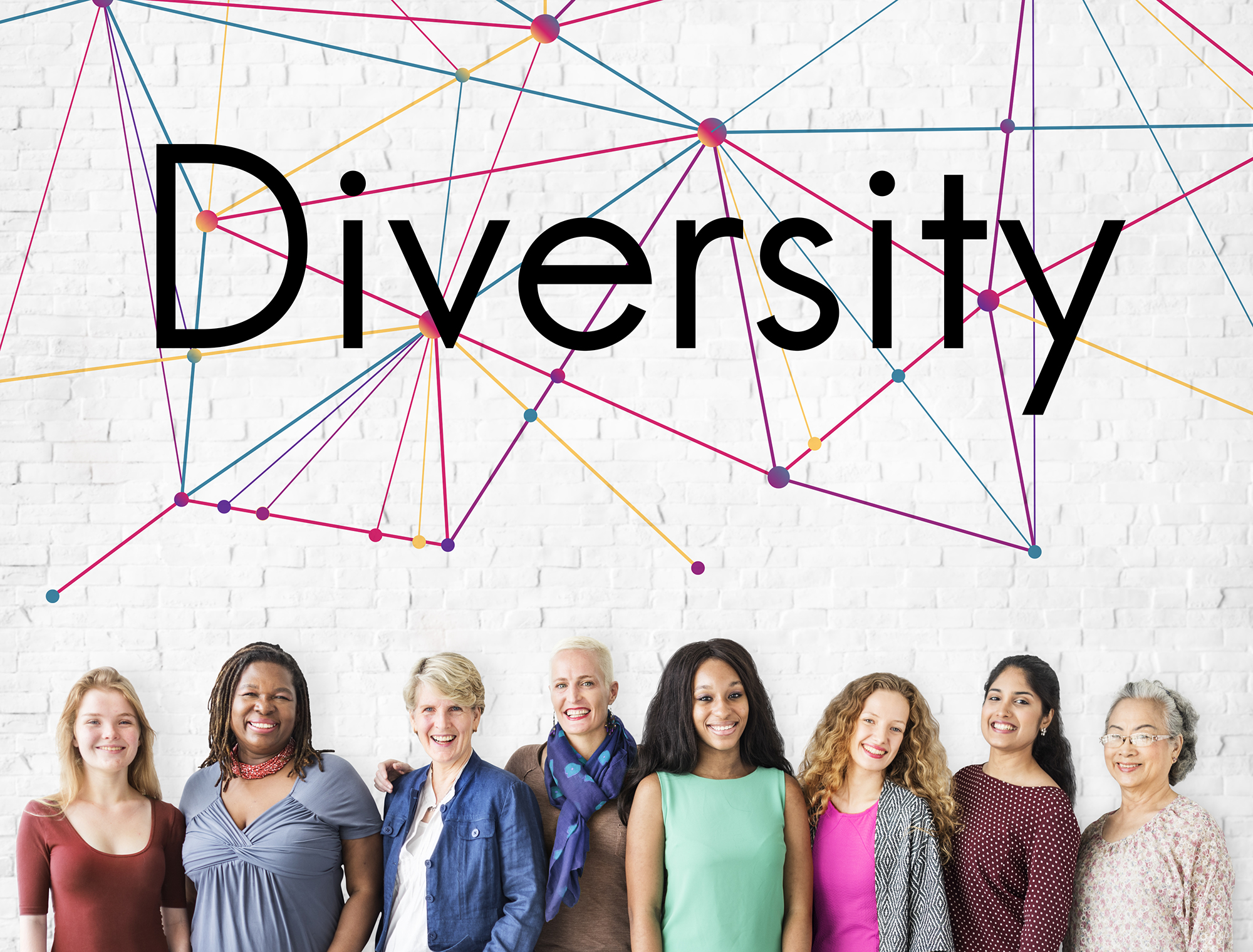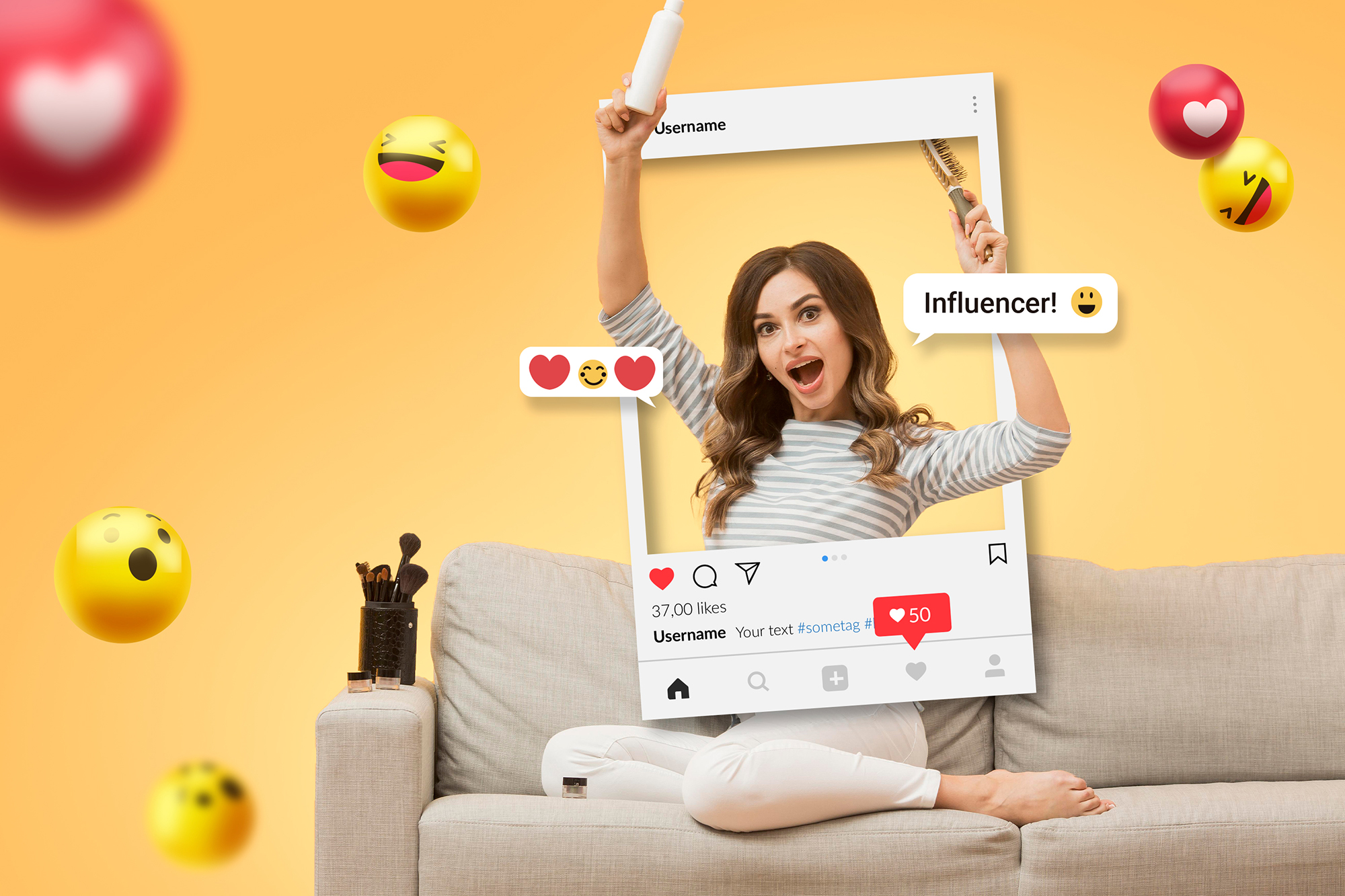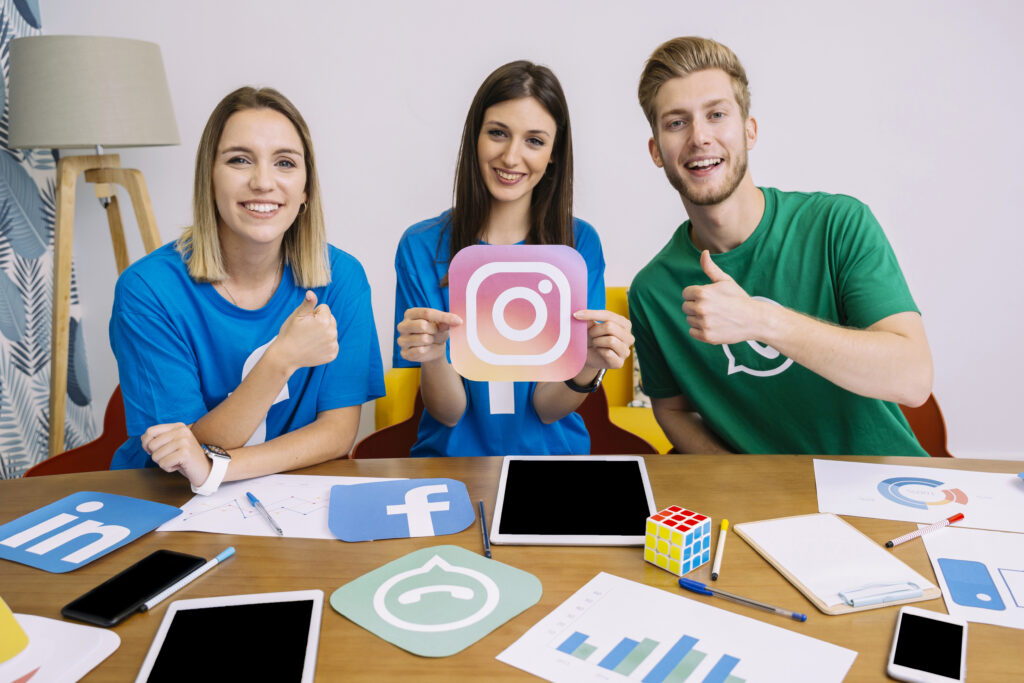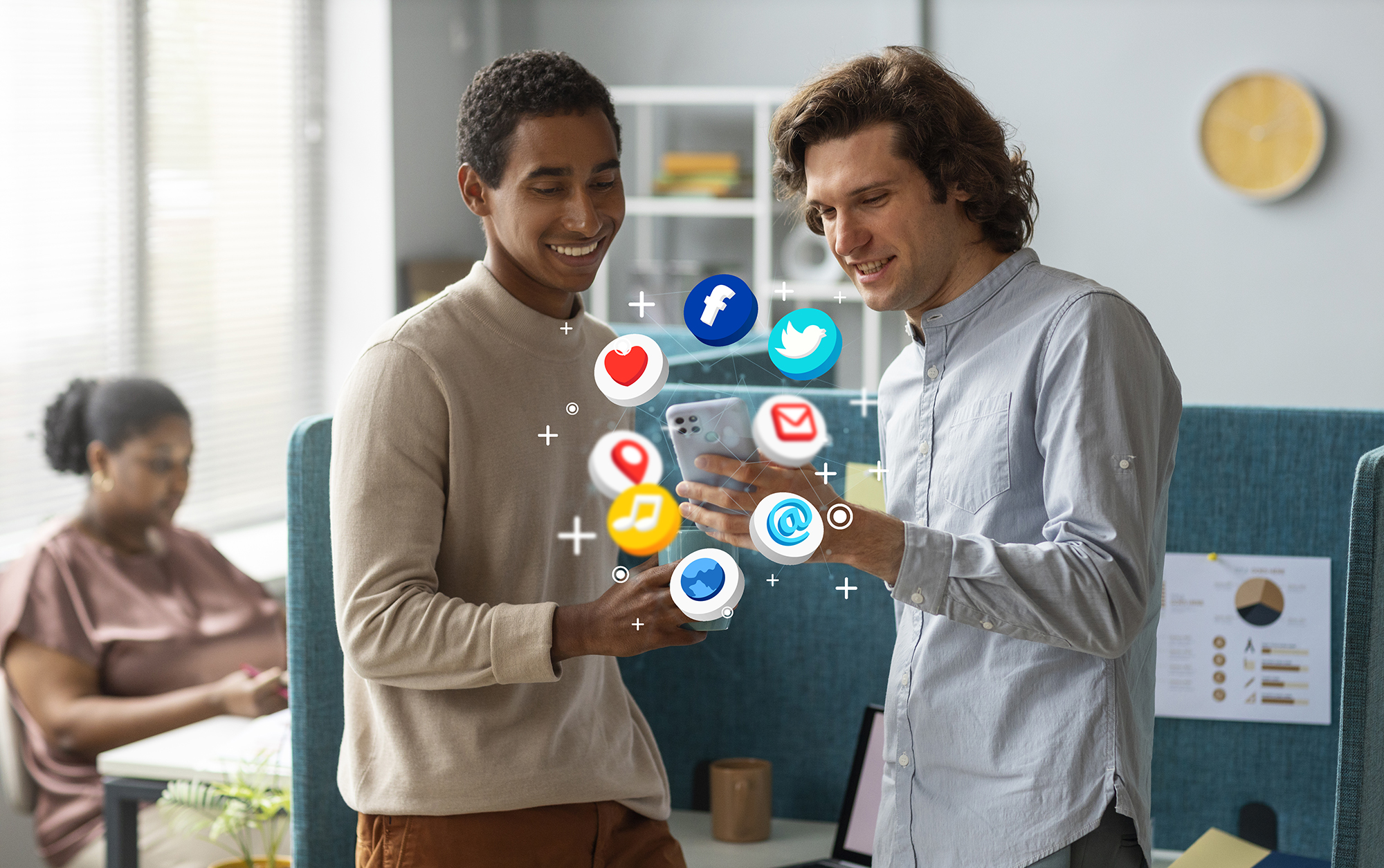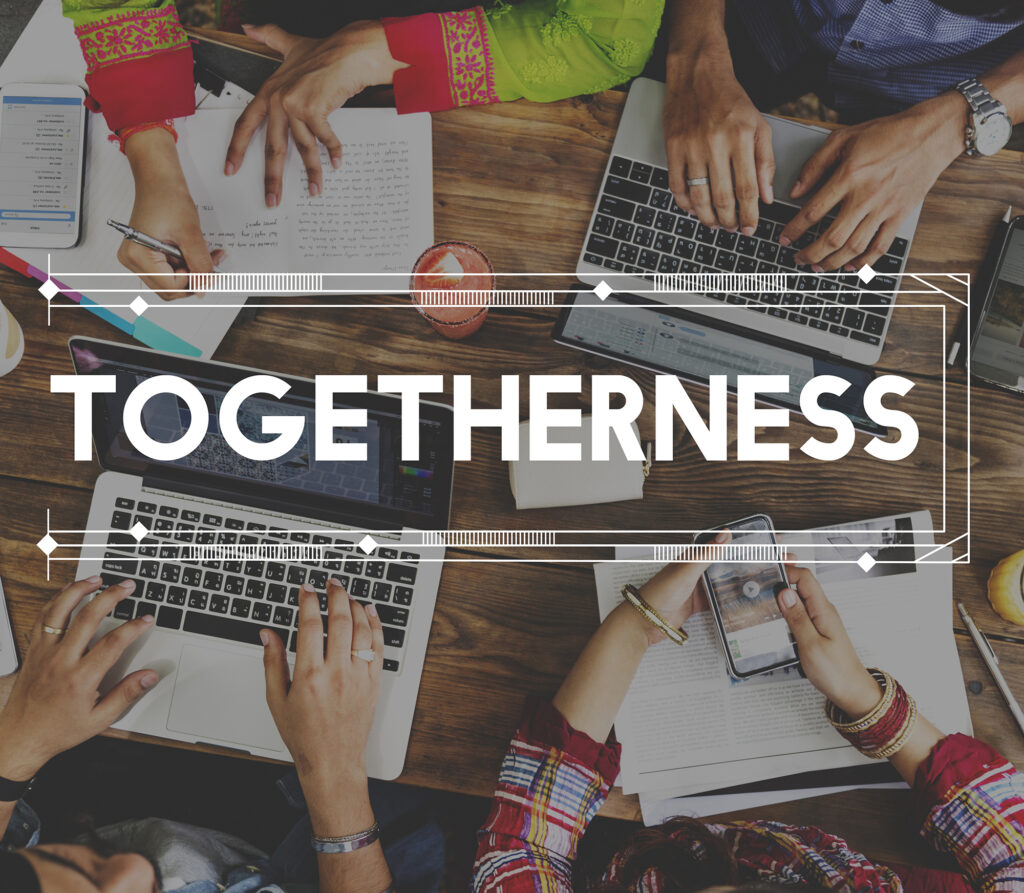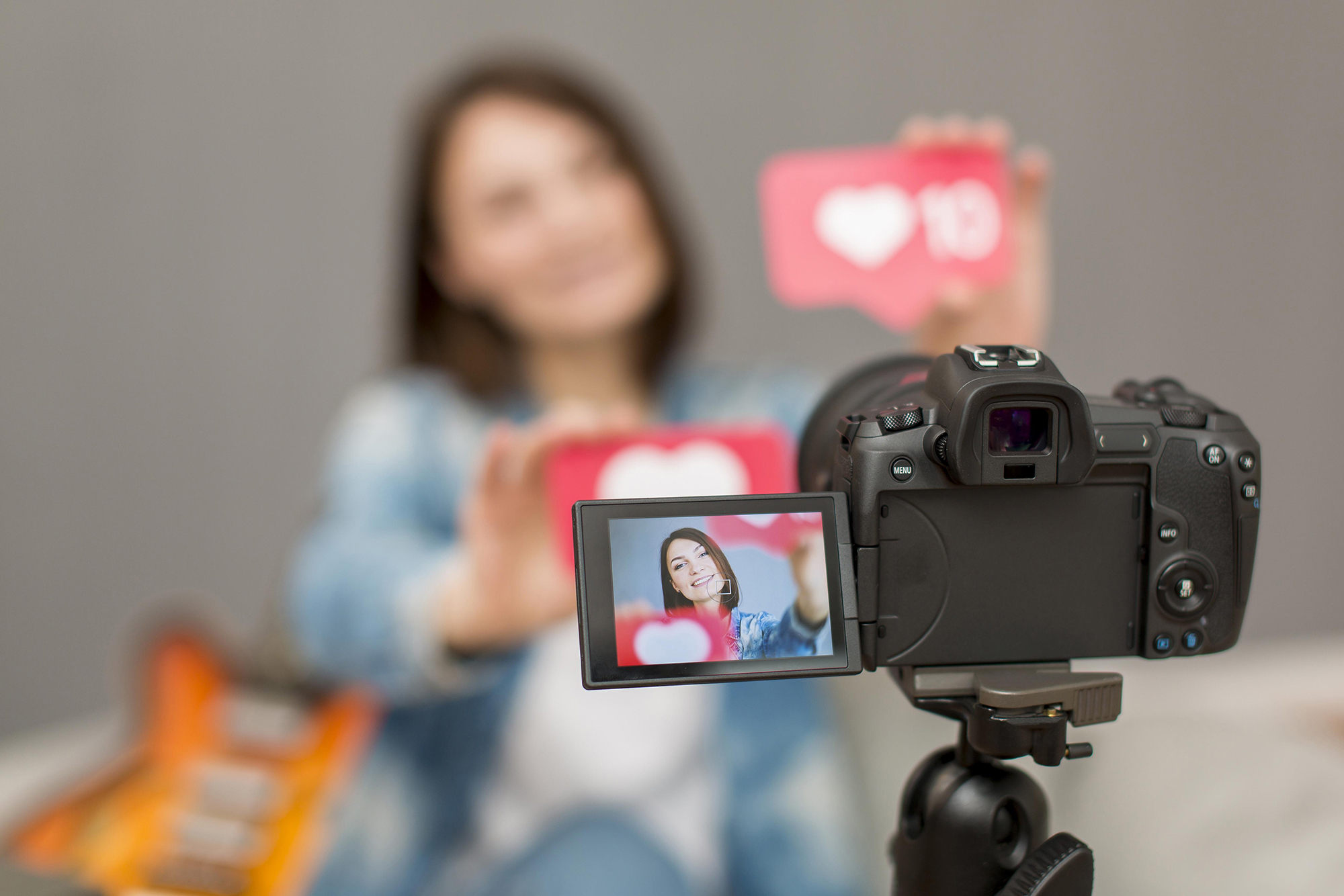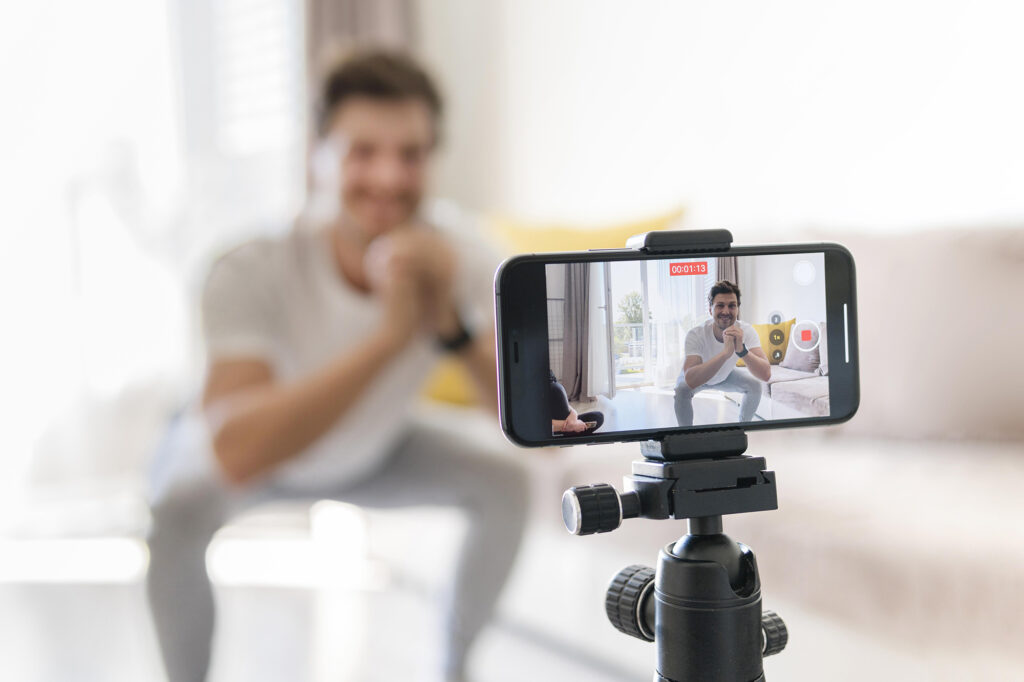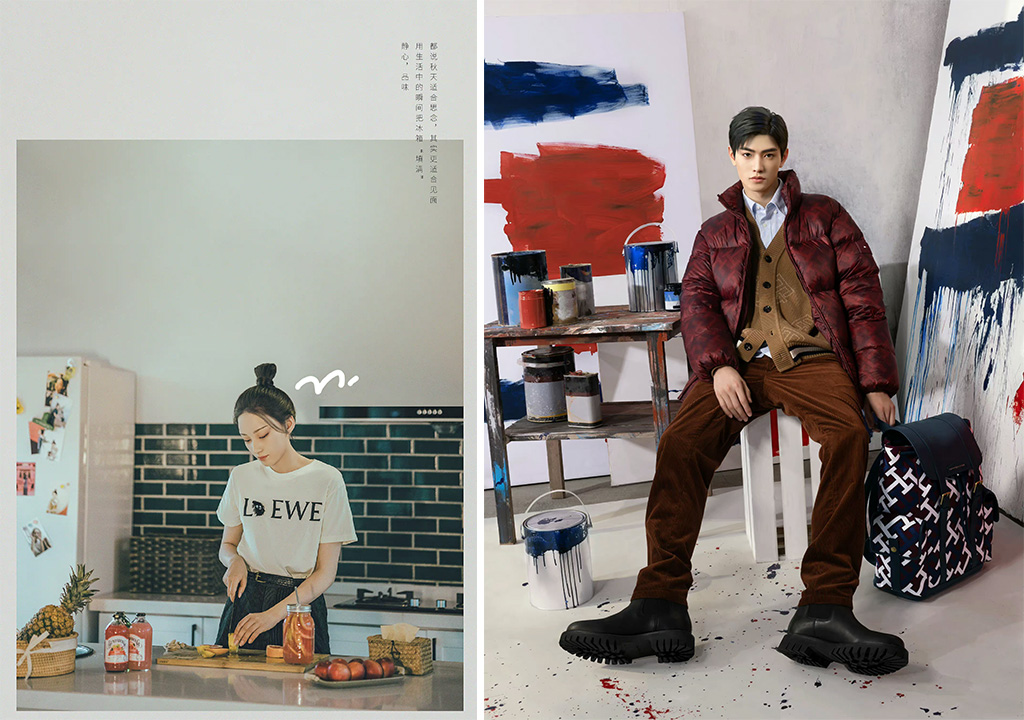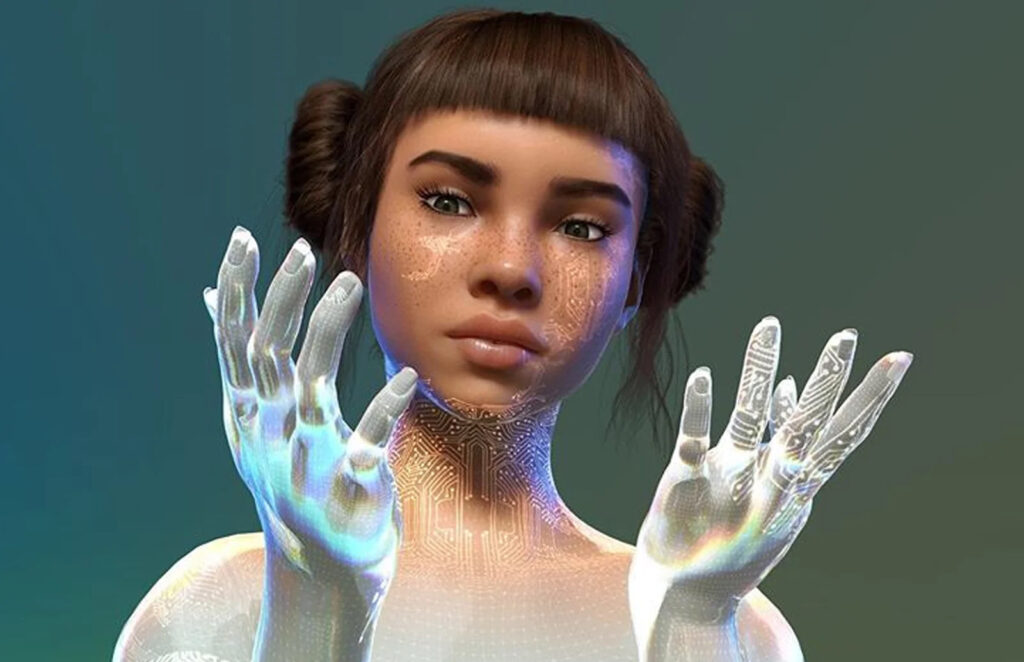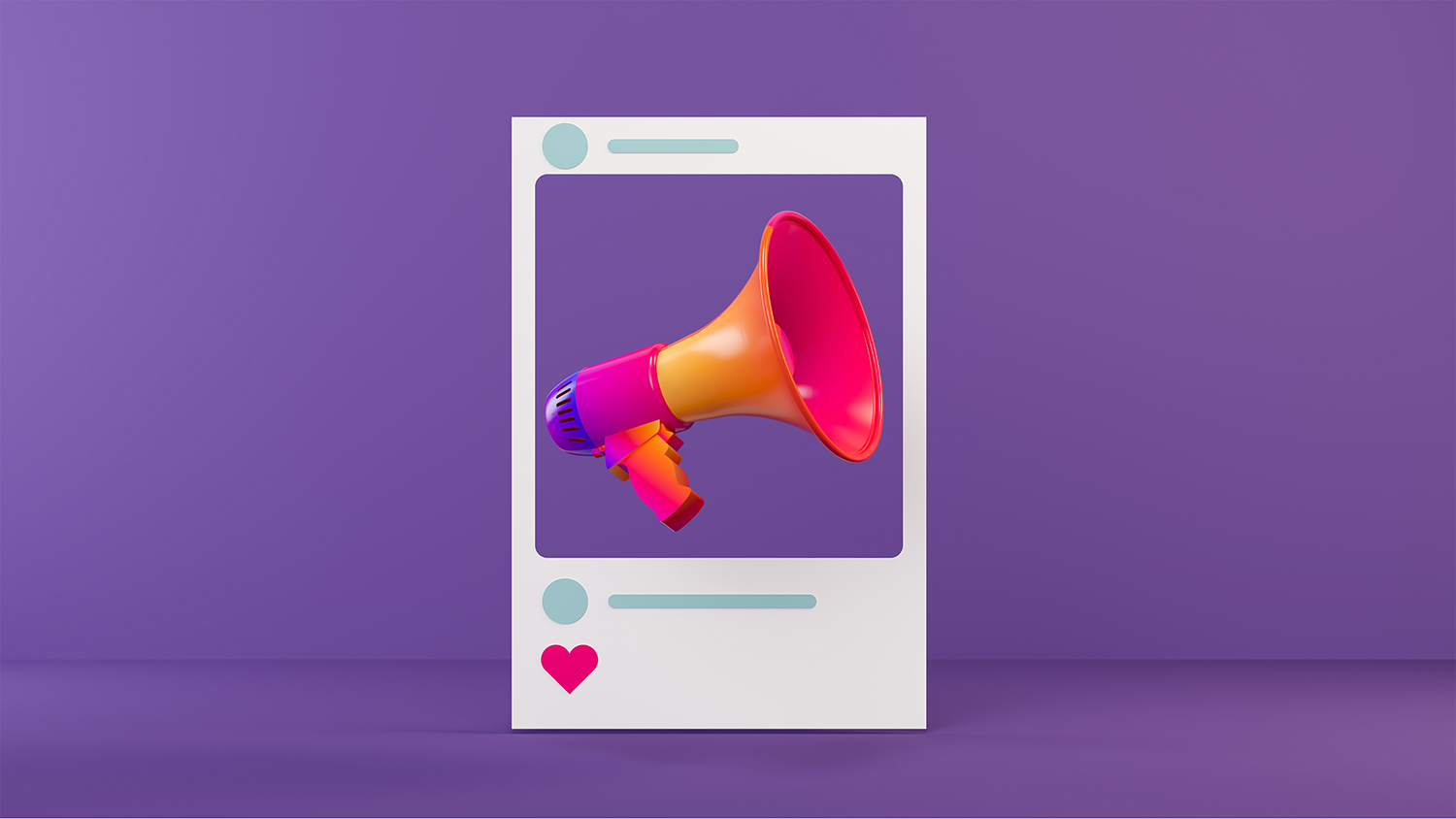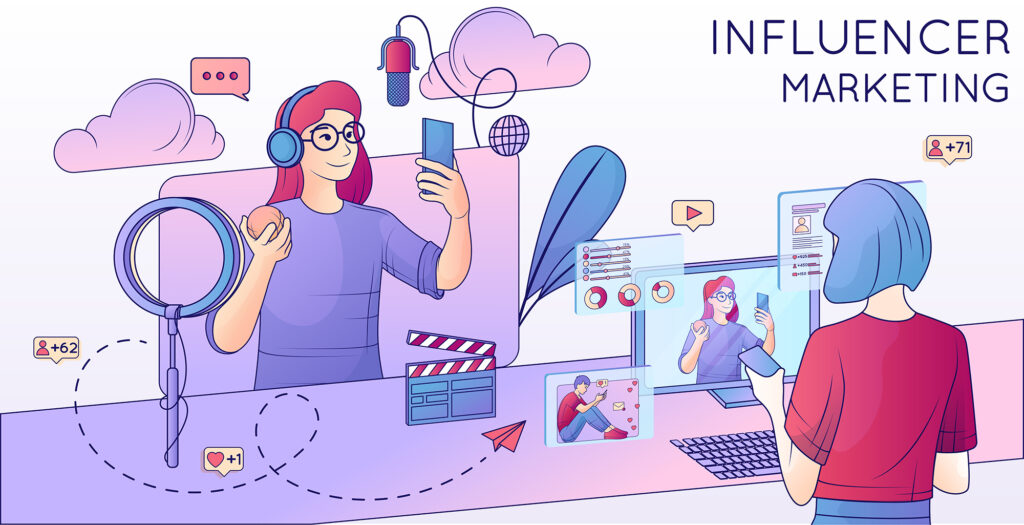In the dynamic world of marketing, diversity and inclusion have emerged as more than buzzwords. They have become integral components of brand strategies. Hence, shaping the way companies interact with their audiences. This shift is particularly noticeable in the realm of influencer marketing. Where brands are actively seeking to collaborate with influencers. Individuals of different races, genders, sizes, and abilities.
The Evolution of Influencer Marketing
Influencer marketing has undergone a significant transformation over the past few years. Brands are no longer solely focused on influencers with the highest follower counts. Instead, they are recognizing the value of diversity and inclusion in their partnerships.
In the early days of influencer marketing, brands were interested in influencers with large followings. The assumption was that these influencers would provide the most extensive reach. Therefore, the highest return on investment. However, as the influencer marketing landscape has evolved. So too have the strategies employed by brands.
Today, brands are prioritizing influencers with a wide range of backgrounds and experiences. This shift is a response to consumers’ increasing demand for authenticity and relatability. Consumers want to see themselves reflected in the brands they support. And they want to hear from influencers who share their experiences and values.
In addition to seeking out diverse representation. Brands are also striving to create inclusive messaging. And that’s by collaborating with influencers of different abilities. This includes influencers with physical disabilities, mental health challenges, and more. By doing so, brands are not only broadening their reach. But also sending a powerful message about their commitment to inclusivity.

The Impact of Diversity and Inclusion on Brand Image
The commitment to diversity and inclusion in influencer marketing has profound implications for a brand’s image. By partnering with diverse influencers, brands present themselves as authentic and relatable. This authenticity can significantly enhance a brand’s appeal. Particularly among younger consumers who value transparency and social responsibility.
Moreover, brands that prioritize diversity and inclusion are seen as socially responsible. In today’s conscious climate, consumers are supporting brands aligning with their values. By demonstrating a commitment to diversity and inclusion, brands can enhance their reputation. But also build trust with their audience and drive consumer loyalty.
The Role of Influencers in Promoting Diversity and Inclusion
Influencers play a crucial role in promoting diversity and inclusion. With their large followings and connections, influencers shape opinions and drive social change.
Influencers from marginalized communities use their platforms to amplify underrepresented voices and perspectives. By sharing advocating for their communities, they raise awareness of social issues. They also challenge stereotypes and inspire their followers to take action.
In addition to amplifying underrepresented voices, influencers can also challenge societal stereotypes. And that’s by sharing their unique experiences and perspectives. For example, an influencer with a disability can challenge ableist assumptions. And that’s by showcasing their abilities and achievements. Similarly, an influencer of a particular size or body type can challenge societal beauty standards. By promoting body positivity and self-acceptance.
The Challenges and Opportunities of Diverse Influencer Marketing
While diverse influencer marketing presents numerous opportunities. It also comes with its own set of challenges. One of the main challenges is ensuring authentic engagement between the brand and the influencer. As well as between the influencer and their audience.
Authentic engagement is crucial in influencer marketing. Consumers detect insincere partnerships and react negatively to brands exploiting diversity for marketing purposes. Therefore, brands must take the time to build genuine relationships with their influencers. And ensure that their partnerships align with their brand values and messaging.
Brands must also be mindful of cultural sensitivities. Especially when collaborating with influencers from diverse backgrounds. This requires a deep understanding of the influencer’s culture and community. As well as a commitment to respectful and inclusive communication.
Despite these challenges, the benefits of diverse influencer marketing outweigh the potential pitfalls. Brands embracing diversity and inclusion stand to gain increased audience engagement. But also, enhanced brand reputation, and ultimately, a stronger connection with their consumers.
Conclusion
In conclusion, diversity and inclusion are more than just trends in influencer marketing. They are essential elements contributing to a brand’s authenticity, relatability, and social responsibility. By embracing these values, brands build strong and meaningful connections with audiences.
The future influencer industry incorporating diversity and inclusion looks promising. As more brands, hoteliers, and tourism agencies recognize the benefits of these ethical practices, it is likely that we will see an increase in long-term collaborations. At Brandfluence, we strive to keep you in the loop. Read from our blog, discover our services, or simply contact us.
FAQs
Why is diversity and inclusion important in influencer marketing? Diversity and inclusion are important in influencer marketing. Because they enhance a brand’s authenticity and reliability. Hence, leading to stronger connections with consumers.
How can brands ensure authentic engagement with diverse influencers? Brands can ensure authentic engagement by building genuine relationships with influencers. But also respecting their unique experiences and perspectives.
What are the challenges of diverse influencer marketing? Some challenges include ensuring authentic engagement and respecting cultural sensitivities.
How can influencers promote diversity and inclusion? Influencers can promote diversity and inclusion by amplifying underrepresented voices and challenging stereotypes.
What is the impact of diversity and inclusion on a brand’s image? Diversity and inclusion enhance a brand’s image by demonstrating its authenticity and social responsibility.
How has influencer marketing changed in recent years? Influencer marketing has evolved to prioritize diversity and inclusion. With brands seeking to collaborate with influencers of different races, genders, sizes, and abilities.
What are the benefits of diverse influencer marketing? Benefits include increased audience engagement, enhanced brand reputation, and stronger connections with consumers.
Are brands genuinely committed to diversity and inclusion, or is it just a marketing strategy? While some brands may view diversity and inclusion as a marketing strategy. Many are genuinely committed to values and taking steps to reflect them in partnerships.
Useful links:
Diversity In Influencer Marketing: Why Your Brand Needs To Get It Right
Diversity, Equity & Inclusion (DEI) in Influencer Marketing: Racial and Gender Inequalities Report
How brands can champion diversity through the influencers they work with
